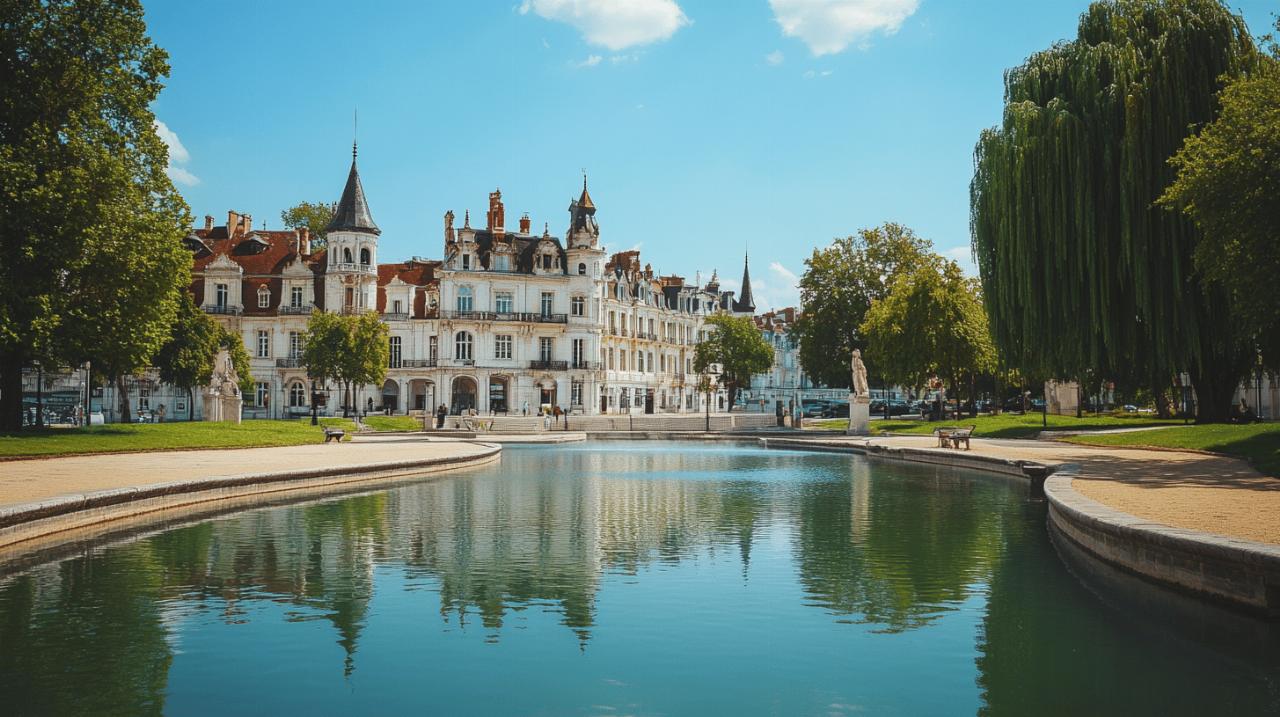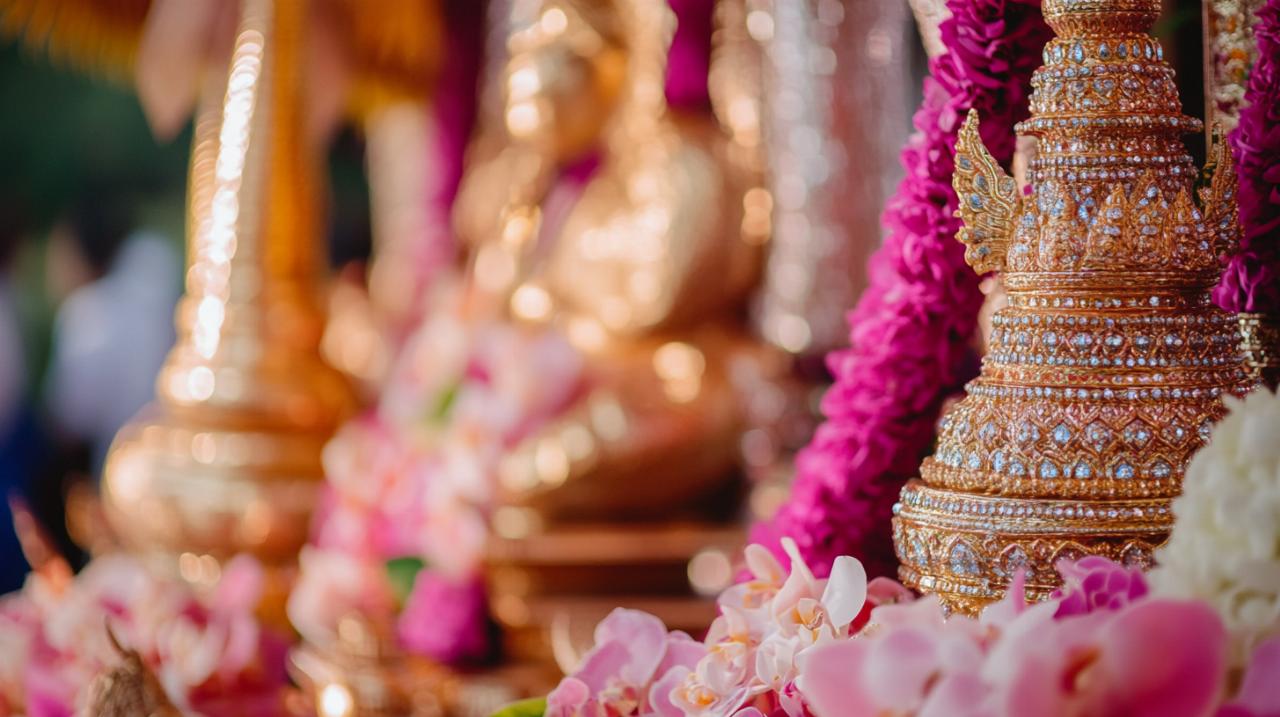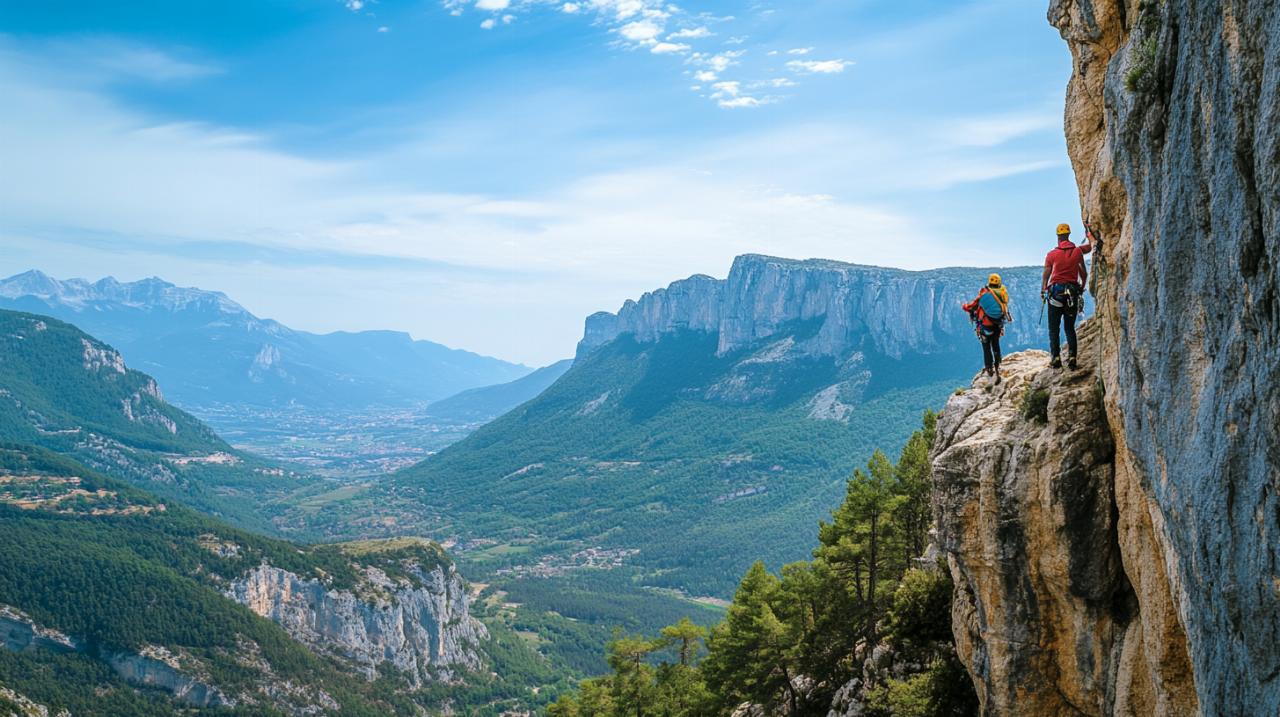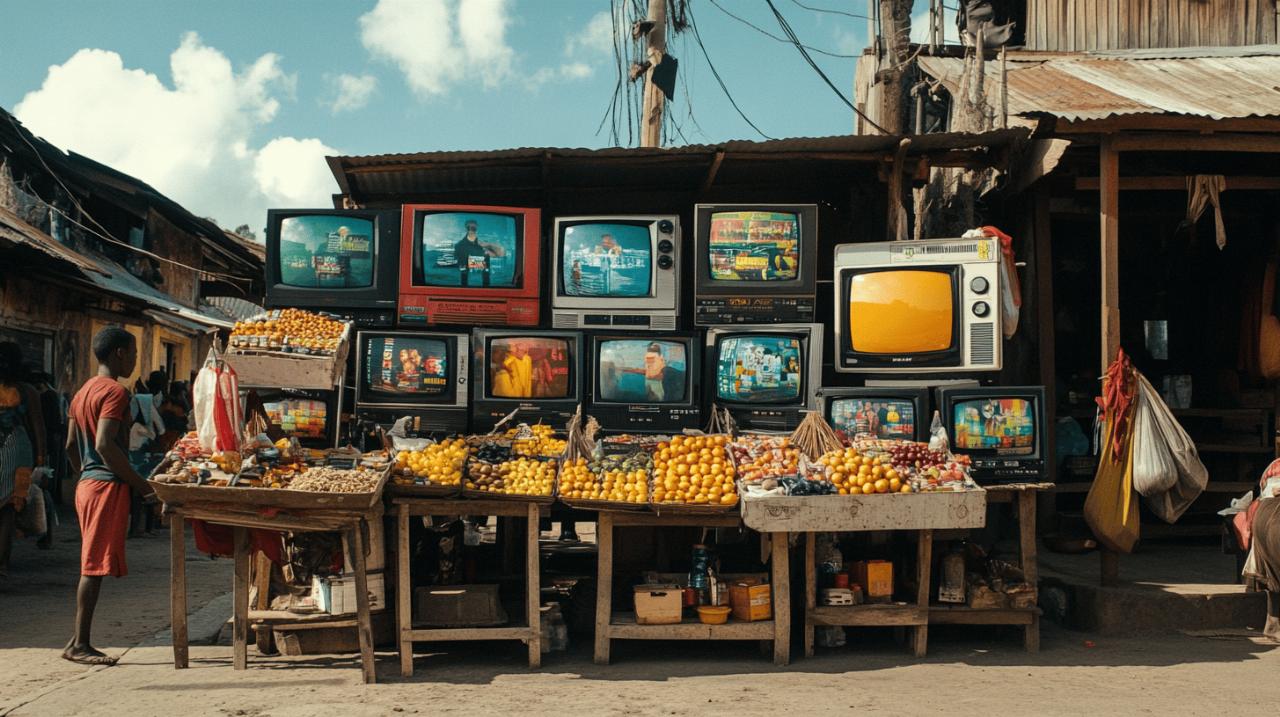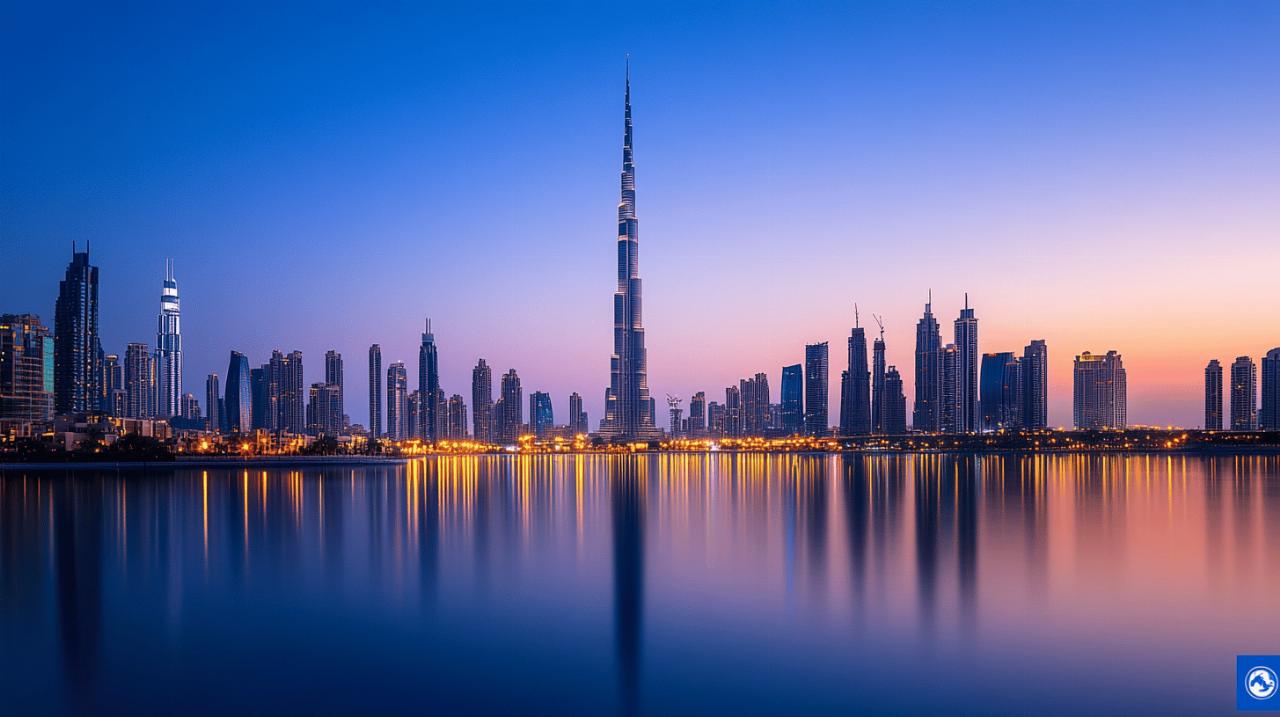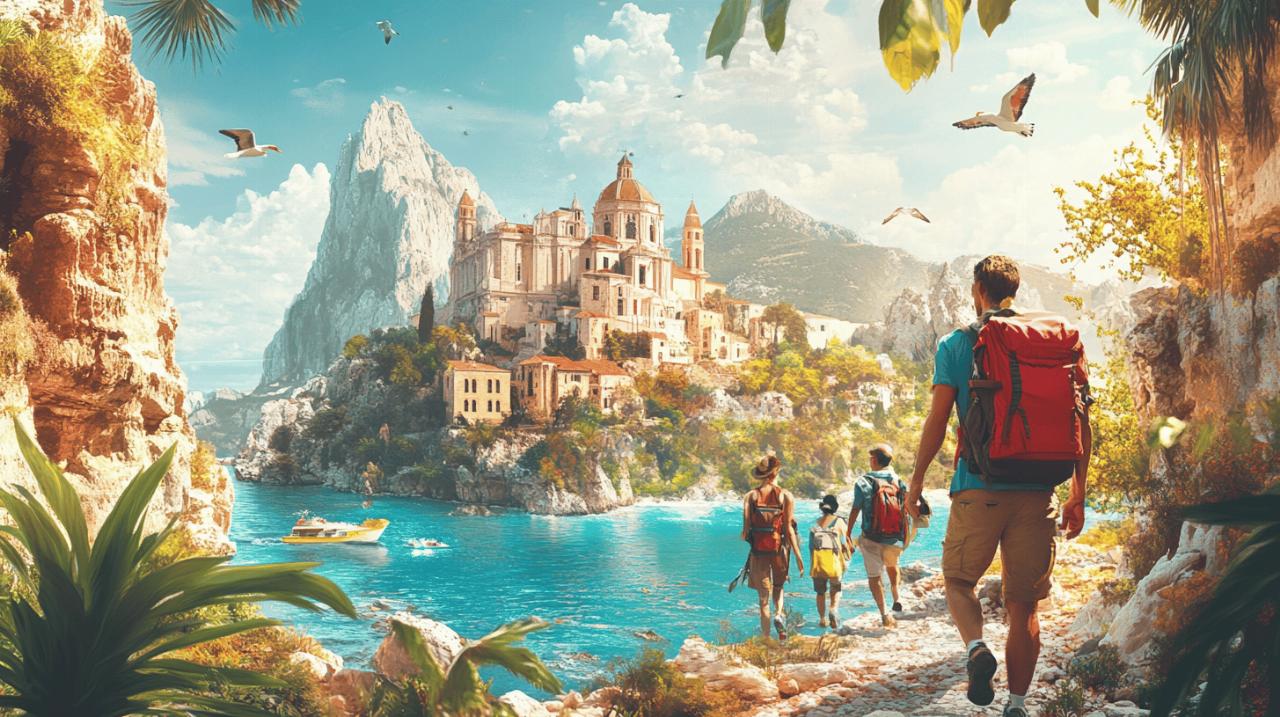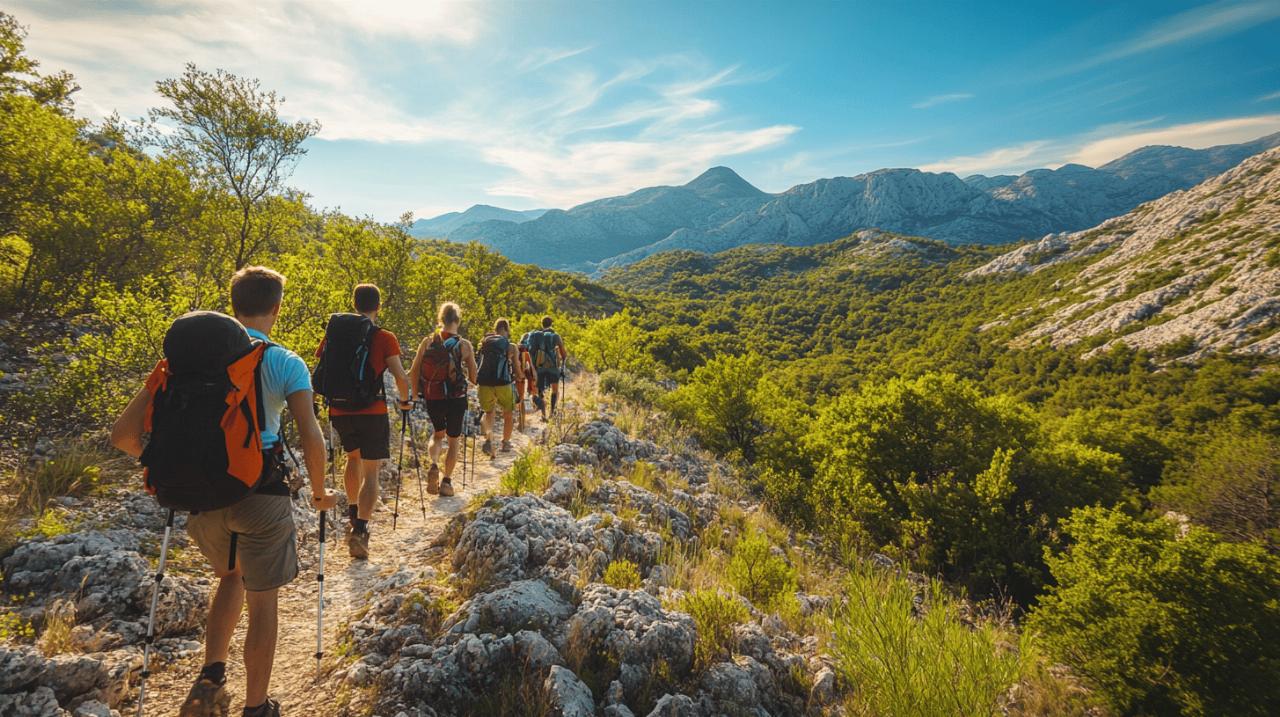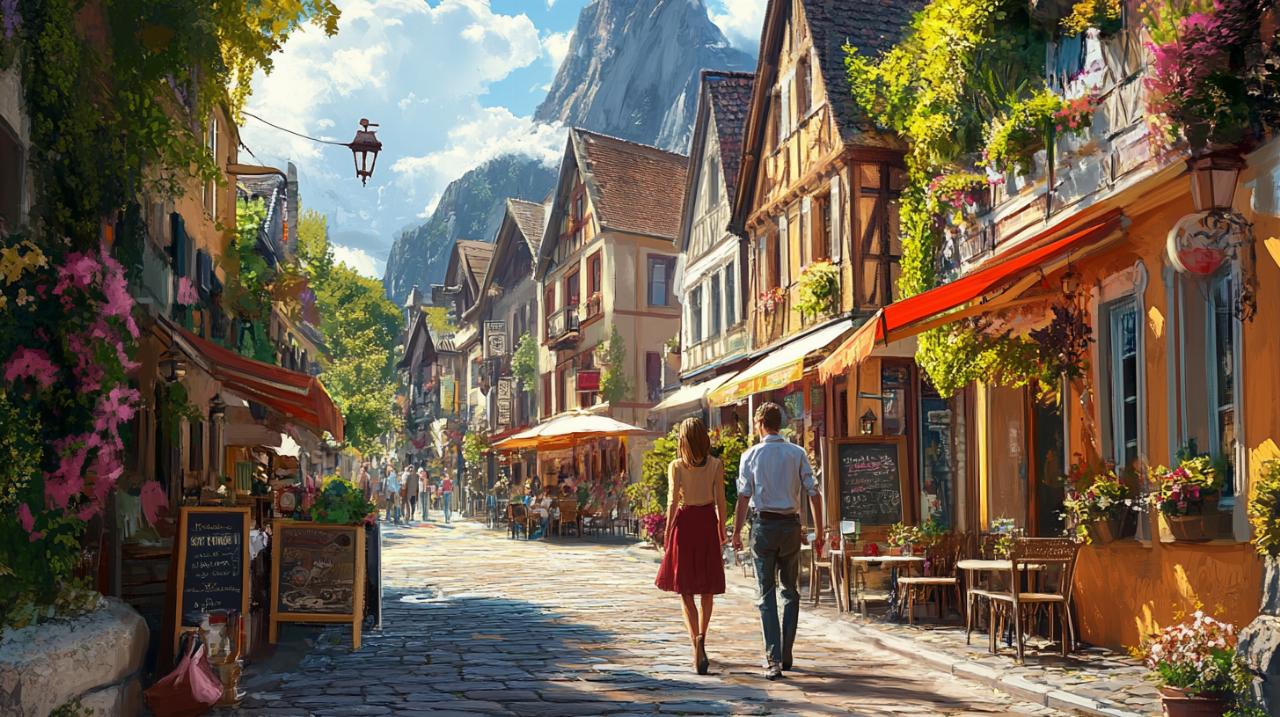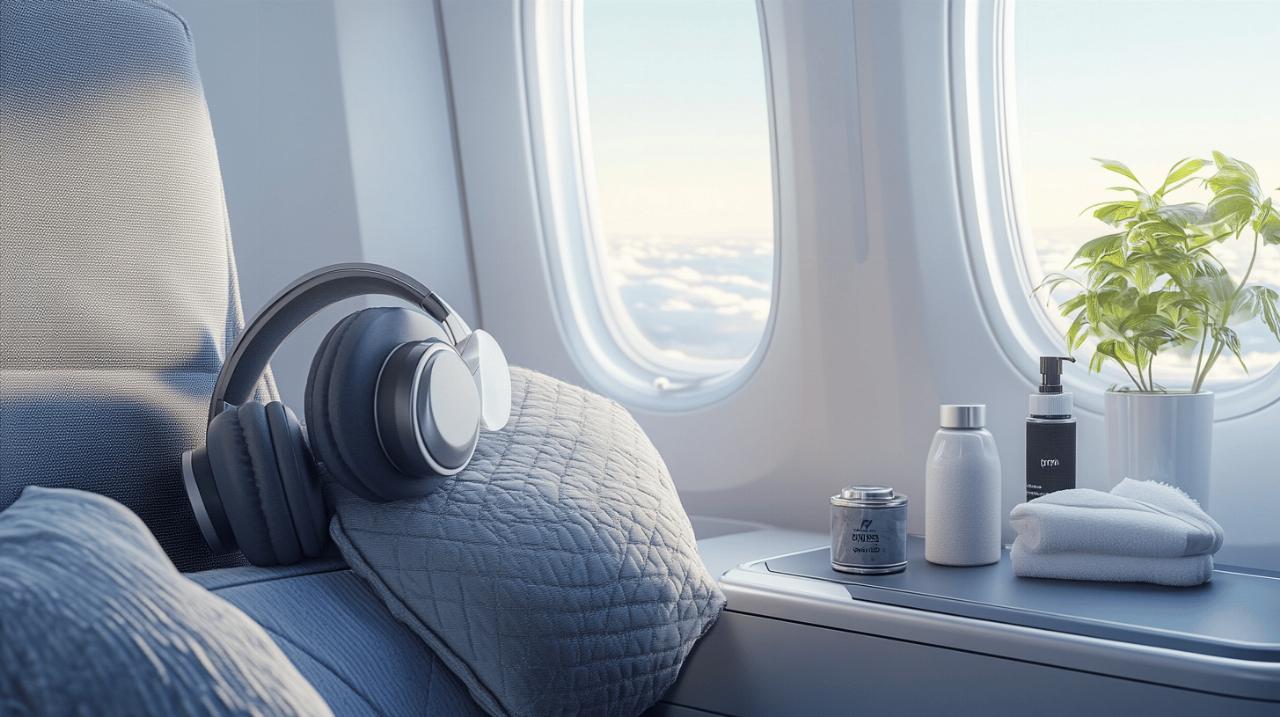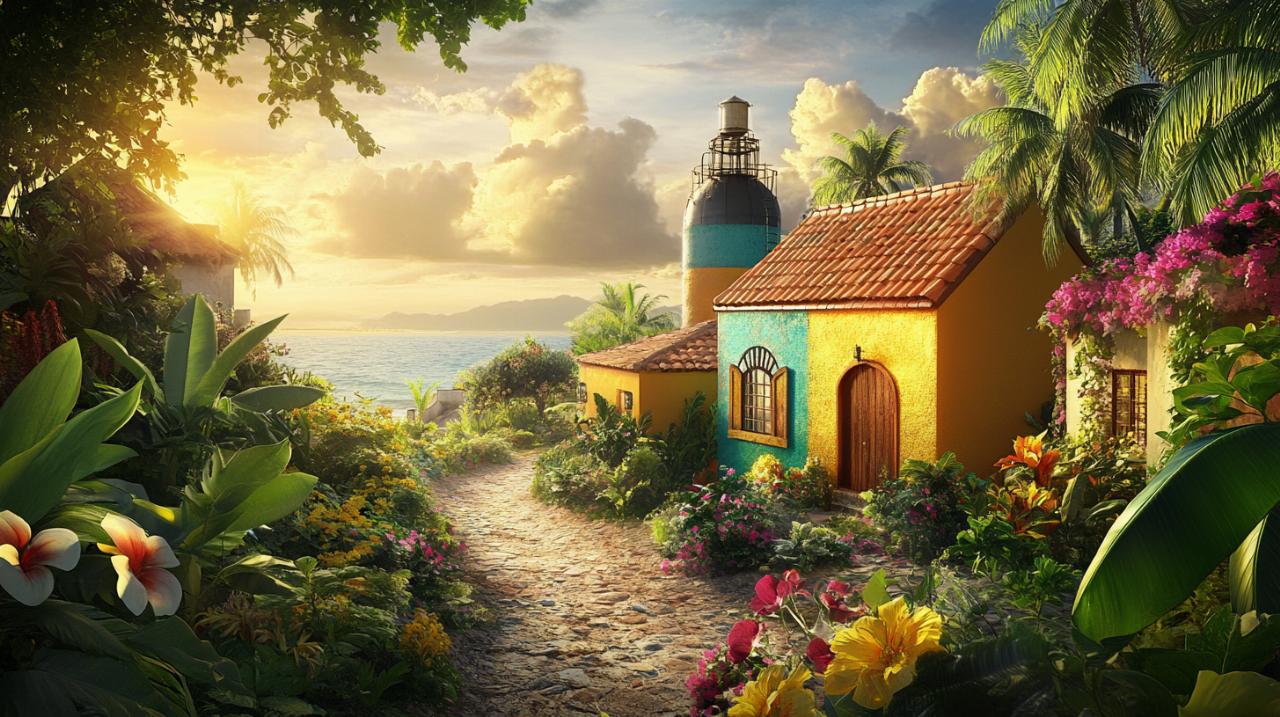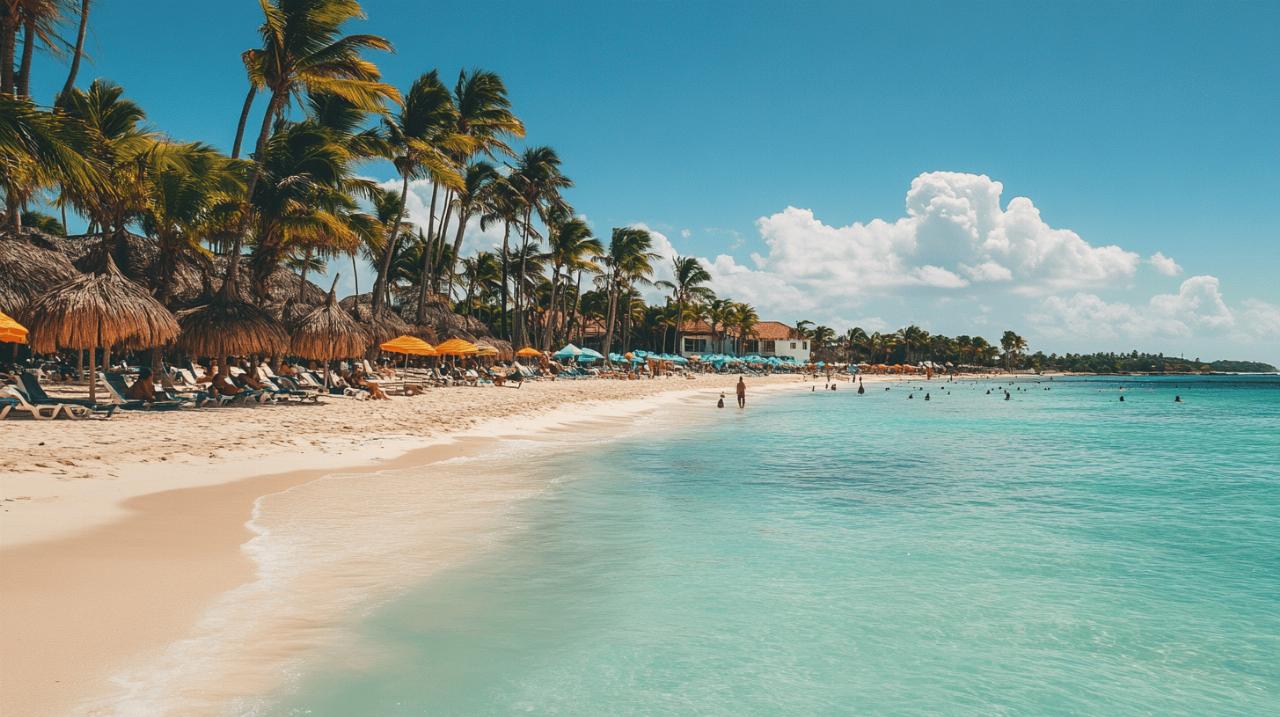Nestled in the heart of the Auvergne region, Vichy beckons visitors with its elegant architecture, storied thermal springs, and serene parks. This spa town, cherished since antiquity for its healing waters, offers a perfect blend of relaxation and cultural discovery. Whether you are drawn by the promise of wellness tourism or the charm of Belle Époque grandeur, a weekend in Vichy promises an enchanting escape into a world where history, health, and beauty intertwine seamlessly.
Vichy's thermal heritage: from ancient springs to modern wellness
The origins of vichy's celebrated mineral waters
The story of Vichy's mineral waters stretches back to Gallo-Roman times, when the therapeutic properties of the town's springs first captured the imagination of those seeking relief from various ailments. These thermal springs, rich in minerals and emerging from deep beneath the earth, have long been celebrated for their ability to treat digestive disorders and promote overall wellbeing. The waters flow naturally from the ground, warmed by geothermal forces, and their unique composition has made Vichy a destination of choice for those in pursuit of health and rejuvenation. Over the centuries, the town's reputation grew, drawing visitors from across Europe who came to partake in the curative qualities of these remarkable springs.
As the years passed, Vichy's status as a premier spa town solidified, particularly during the Second Empire era when Napoleon III himself frequented the town, elevating its prestige and transforming it into a fashionable retreat for the elite. The therapeutic waters were not merely a local curiosity but became a cornerstone of European wellness culture. By the early twentieth century, the town had established itself as a hub of spa treatments, attracting tens of thousands of visitors annually. The recognition of Vichy as a UNESCO World Heritage Site in 2021 further underscores the global significance of its thermal heritage, cementing its place among the great spa towns of the world.
Experiencing the Thermal Springs and Célestins Source Today
Today, visitors to Vichy can immerse themselves in the town's thermal legacy at several iconic locations. The Hall des Sources stands as a testament to the enduring allure of Vichy's waters, offering a space where guests can sample the mineral-rich springs directly. This grand hall, with its impressive gallery stretching some 700 metres, connects to the Palais des Congrès-Opéra and features refreshment stands for five distinct springs, including the celebrated Célestins, Lucas, Hôpital, Chomel, and Grande Grille. Each spring boasts its own unique mineral composition, and tasting the waters here is both a ritual and a journey into the town's storied past.
The Source des Célestins, perhaps the most famous of all Vichy's springs, draws water from a depth of 30 metres, emerging at a gentle 27 degrees Celsius. This spring, with its distinctive taste and mineral content, has become synonymous with the town itself, and visitors can enjoy free tastings directly from the source. The Dômes Thermal Centre, a modern facility specialising in treatments for digestive disorders, continues the tradition of therapeutic care that has defined Vichy for centuries. Meanwhile, the Vichy Thermal Spa, one of the largest in Europe, offers an extensive menu of relaxation and beauty treatments, allowing guests to experience the full spectrum of wellness that the town has to offer. Whether you seek the historic charm of the Hall des Sources or the contemporary comforts of the spa centres, Vichy's thermal waters remain at the heart of its identity.
Architectural splendours: napoleon iii's legacy and art deco elegance
Napoleon iii's transformative influence on vichy's townscape
The mid-nineteenth century marked a turning point in Vichy's architectural evolution, thanks in large part to the patronage of Napoleon III. The emperor's frequent visits to the town, driven by his desire to partake in the curative powers of the thermal springs, spurred a wave of development that transformed Vichy into a showcase of Second Empire grandeur. Under his influence, elegant villas, grand hotels, and public buildings began to line the streets, reflecting the opulence and ambition of the era. The Napoleon III Cottages, constructed in the 1860s for the emperor and his entourage, remain a striking reminder of this period, their refined design and careful craftsmanship embodying the sophistication that defined the imperial court.
The town's parks, too, bear the imprint of Napoleon III's vision. The park that now carries his name covers a significant portion of Vichy, offering a verdant retreat filled with gardens, recreational activities, and even a beach area along the banks of the Allier. This park, along with the adjoining Kennedy Park, forms a green corridor that encompasses a sixth of the entire city, featuring an impressive collection of 138 plant species. These green spaces were conceived not merely as ornamental gardens but as integral components of the spa experience, providing visitors with tranquil settings in which to stroll, relax, and absorb the restorative atmosphere of the town. The legacy of Napoleon III is thus woven into the very fabric of Vichy's landscape, a testament to the transformative power of imperial patronage.
Art deco gems and grand buildings worth exploring
Beyond the Second Empire splendour, Vichy also boasts a remarkable collection of Art Deco architecture, reflecting the town's continued prosperity and cultural vitality well into the twentieth century. The Church of Saint-Blaise, for instance, stands as a striking example of this style. Originally dating back to the twelfth century, the church was entirely rebuilt between 1925 and 1933 in the Art Deco idiom, its clean lines and geometric motifs offering a bold contrast to the ornate flourishes of earlier periods. The church's interior is equally impressive, with decorative elements that capture the modernist spirit of the interwar years.
The Palais des Congrès-Opéra, another architectural gem, began its life as a casino in 1865, the very first of its kind in France. Over the years, the building has been transformed and expanded, culminating in the addition of an Art Nouveau theatre that can seat nearly 1,500 people. This venue, with its lavish interiors and impeccable acoustics, serves as a cultural centrepiece for the town, hosting opera performances, concerts, and summer sound and light displays that draw audiences from near and far. The Great Thermal Establishment, built in the early 1900s, showcases a neo-Moorish style that adds yet another layer to Vichy's architectural diversity. Open daily and free to enter, this building invites visitors to marvel at its exotic design and to ponder the eclectic tastes of the Belle Époque era. Strolling through the town's remarkable streets, lined with early twentieth-century villas, offers a delightful journey through time, revealing the layers of history and style that have shaped Vichy into the architectural treasure it is today.
Cultural treasures: opera houses, churches, and museums
The Vichy Opera House and Palais des Congrès-Opéra
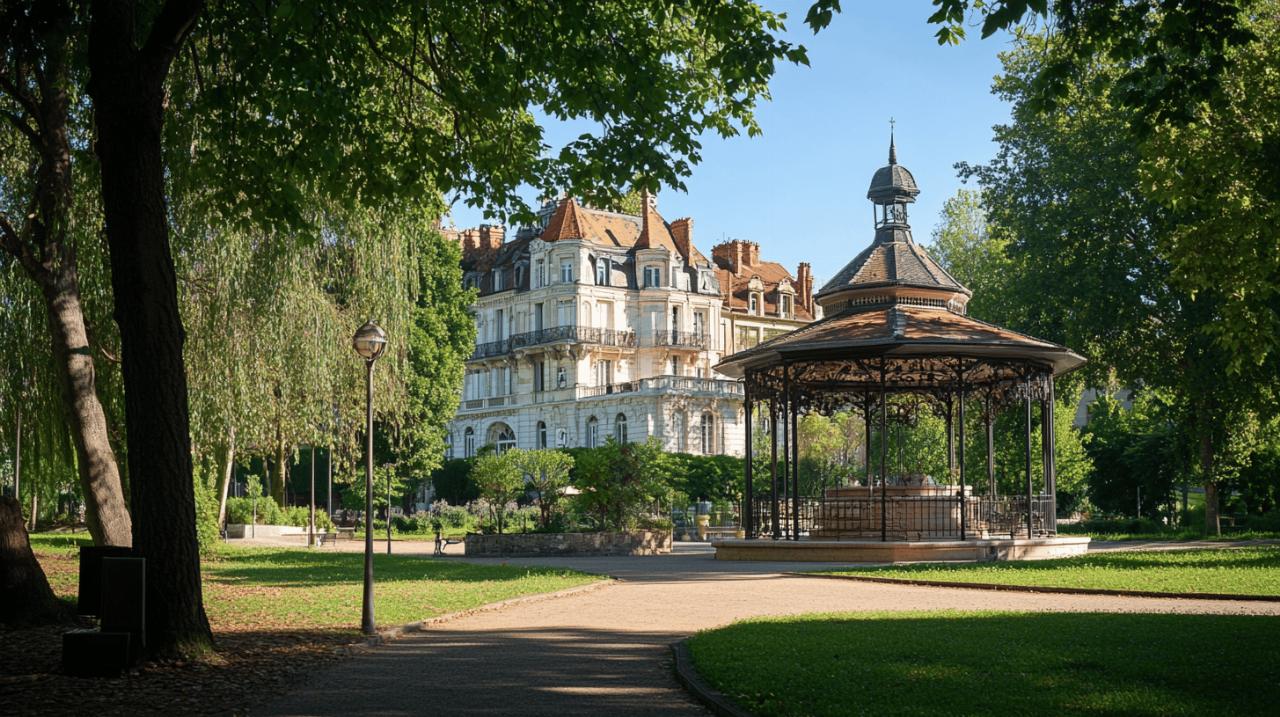 The Vichy Opera House, nestled within the Palais des Congrès-Opéra, stands as a beacon of cultural life in the town. Constructed during the Belle Époque, this theatre is a masterpiece of design, its Art Nouveau interiors adorned with intricate detailing and luxurious finishes. The auditorium, capable of seating 1,486 guests, offers an intimate yet grand setting for a diverse array of performances, from classical opera to contemporary theatre. Attending a show here is not merely an evening's entertainment but an immersion into the artistic heritage that has long defined Vichy as a centre of culture and refinement.
The Vichy Opera House, nestled within the Palais des Congrès-Opéra, stands as a beacon of cultural life in the town. Constructed during the Belle Époque, this theatre is a masterpiece of design, its Art Nouveau interiors adorned with intricate detailing and luxurious finishes. The auditorium, capable of seating 1,486 guests, offers an intimate yet grand setting for a diverse array of performances, from classical opera to contemporary theatre. Attending a show here is not merely an evening's entertainment but an immersion into the artistic heritage that has long defined Vichy as a centre of culture and refinement.
During the summer months, the opera house takes on an additional role as the venue for spectacular sound and light displays, transforming its historic façade into a canvas for visual storytelling. These events, which draw both locals and tourists, celebrate the town's rich history and artistic achievements, creating a festive atmosphere that enlivens the warm summer evenings. The Vichy Opera Museum, located within the same complex, offers a deeper exploration of the theatre's history, showcasing costumes, sets, and other artefacts that tell the story of the performances that have graced its stage over the decades. For anyone with an appreciation for the performing arts, a visit to the Vichy Opera House is an essential part of any weekend itinerary.
Sacred Spaces and Artistic Collections: Churches and Museums
Vichy's cultural landscape extends beyond the stage to encompass a variety of sacred and artistic spaces that enrich the visitor experience. The Church of Saint-Blaise, with its Art Deco redesign, offers a serene environment for reflection and admiration of early twentieth-century design. The church's history, stretching back to the twelfth century, adds a layer of depth to its modern appearance, reminding visitors of the continuity of faith and community that has endured through the ages. Another notable sacred space is the Notre-Dame-des-Malades Church, which invites visitors to step inside and appreciate its architectural beauty and tranquil atmosphere.
For those interested in the visual arts, the Museum of Arts of Africa and Asia provides a fascinating diversion from the town's European heritage. This museum houses a diverse collection of artworks and artefacts that offer insights into the cultures and artistic traditions of these distant continents. The exhibits are thoughtfully curated, providing context and narrative that make the experience both educational and engaging. Meanwhile, the Valery Larbaud Multimedia Library, dedicated to the celebrated writer, offers a haven for bibliophiles. The library contains some 14,000 books, including Larbaud's personal collection, and serves as a cultural centre that celebrates literature and the written word. These cultural treasures, scattered throughout Vichy, ensure that visitors can indulge their intellectual and artistic curiosities alongside their pursuit of wellness and relaxation.
Natural Beauty and Leisure: Parks, Lakes, and Green Escapes
Strolling through vichy's enchanting parks and gardens
Vichy's commitment to green spaces is evident in the extensive parks and gardens that grace the town, offering residents and visitors alike a respite from urban bustle. The Parc des Sources, a historic park from the Belle Époque era, is a jewel of landscape design, featuring renovated fountains, grand buildings, and a bandstand that hosts free concerts from May through September. This park, recognised as a UNESCO site, is perfect for a leisurely stroll, with its manicured lawns, shaded pathways, and seasonal floral displays creating an atmosphere of timeless elegance. The renovated bandstand, with its intricate ironwork and graceful proportions, serves as a focal point, and the sound of live music drifting through the park on a summer evening is a delight that encapsulates the charm of Vichy.
The Jaillissantes Fountains, another highlight of the Parc des Sources, add a dynamic element to the landscape, their playful jets of water dancing in the sunlight and providing a refreshing spectacle for those who pause to watch. Visiting the park during a weekday morning offers a quieter experience, allowing you to fully appreciate the beauty and tranquillity of the surroundings. Late afternoon visits, by contrast, provide ideal lighting for photography, as the soft glow of the setting sun casts a warm hue over the park's features. Special events and festivities, such as the Napoleon III celebrations in May, bring an added vibrancy to the park, transforming it into a lively hub of activity and community spirit. Whether you are seeking a peaceful retreat or a festive gathering, the parks of Vichy cater to every mood and occasion.
Lac d'allier: a tranquil lakeside retreat
Beyond the manicured gardens and historic parks, the Lac d'Allier offers a more expansive natural setting for outdoor leisure. This serene lake, with its 1.5-kilometre promenade, provides a picturesque backdrop for walks, jogs, and cycling. The lakeside path is flanked by parks and guinguettes, where visitors can pause for refreshments and enjoy the gentle lapping of the water against the shore. The lake is also a hub for water sports, with paddleboarding among the popular activities that allow guests to engage with the natural environment in an active and invigorating way.
The Allier Lake area is particularly vibrant during the warmer months, when the beaches come alive with families and sun-seekers. The park adjacent to the lake features a beach area within the Napoleon III Park, offering a unique combination of urban greenery and waterside relaxation. Vichy's hosting of the Ironman triathlon each August further highlights the lake's role as a venue for athletic endeavour, with some 4,000 athletes descending upon the town to compete in this gruelling event. The lakeside setting provides an inspiring environment for both participants and spectators, reinforcing Vichy's reputation as a town that celebrates health, vitality, and the great outdoors. Whether you are content to simply wander along the shore or eager to plunge into the water for a day of sport, the Lac d'Allier is an essential component of the Vichy experience, offering a tranquil escape that complements the cultural and architectural riches found elsewhere in the town.

